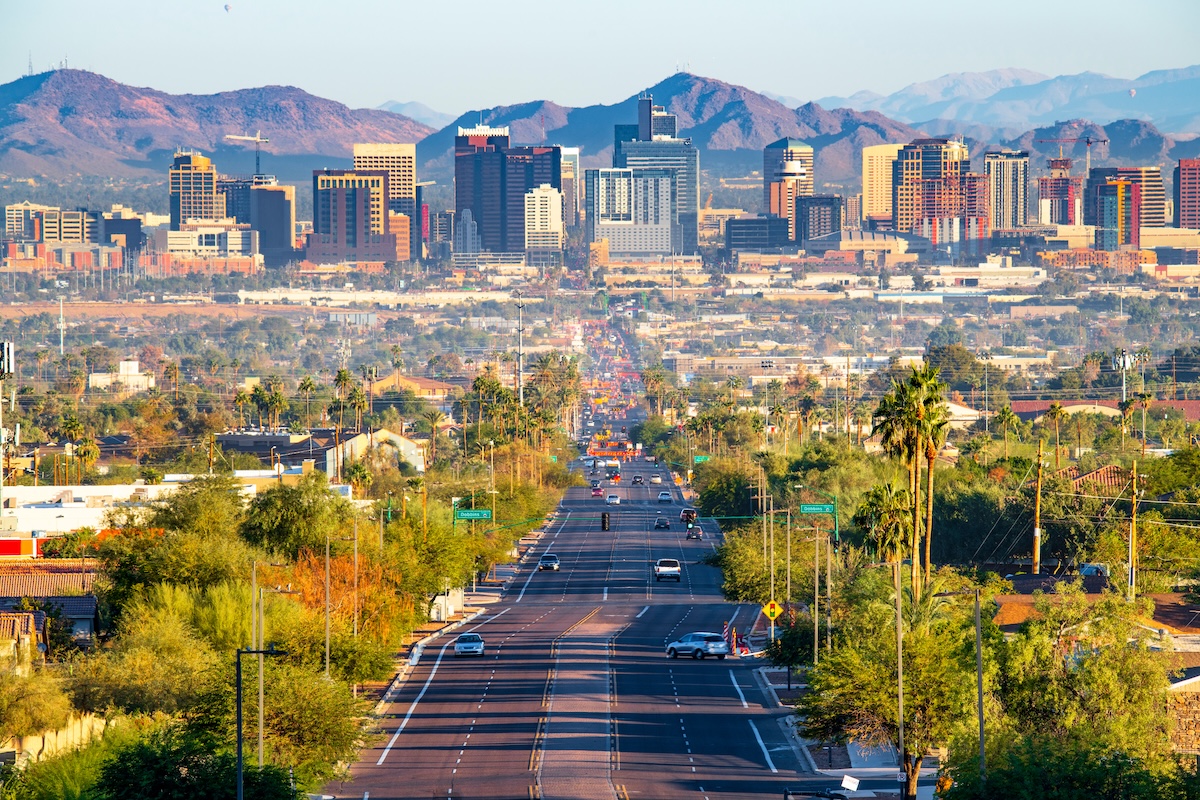Phoenix’s Shade Plan Prioritizes Heat Resilience — and Signals a Shift for Multifamily Development
The City of Phoenix has introduced its Shade Phoenix Plan, a $60 million initiative that redefines shade as critical infrastructure. The plan includes 36 actions across four strategy areas—expanding shade, preserving existing coverage, institutionalizing progress, and educating the public. Over the next five years, it will add 27,000 trees and 550 shade structures, with 85% of investments directed toward low- and middle-income neighborhoods.
Developed by the Office of Heat Response and Mitigation, the plan is a response to Phoenix’s extreme heat conditions, with more than 115 days per year above 100°F. It integrates both natural and engineered shade to improve thermal comfort, protect public health, and strengthen community resilience.

For the multifamily sector, this policy framework has direct implications. As the city embeds shade and cooling infrastructure into zoning and design standards, multifamily developers may face new design expectations—from increased canopy requirements to investments in pedestrian shading and shared outdoor spaces. These changes could influence project costs but also enhance long-term asset performance by improving livability, walkability, and tenant satisfaction.
As Phoenix works to institutionalize shade equity across neighborhoods, the multifamily market stands to benefit from a more comfortable and connected urban environment—one where development and climate resilience increasingly move hand in hand.

About the author
Neighborhood Ventures